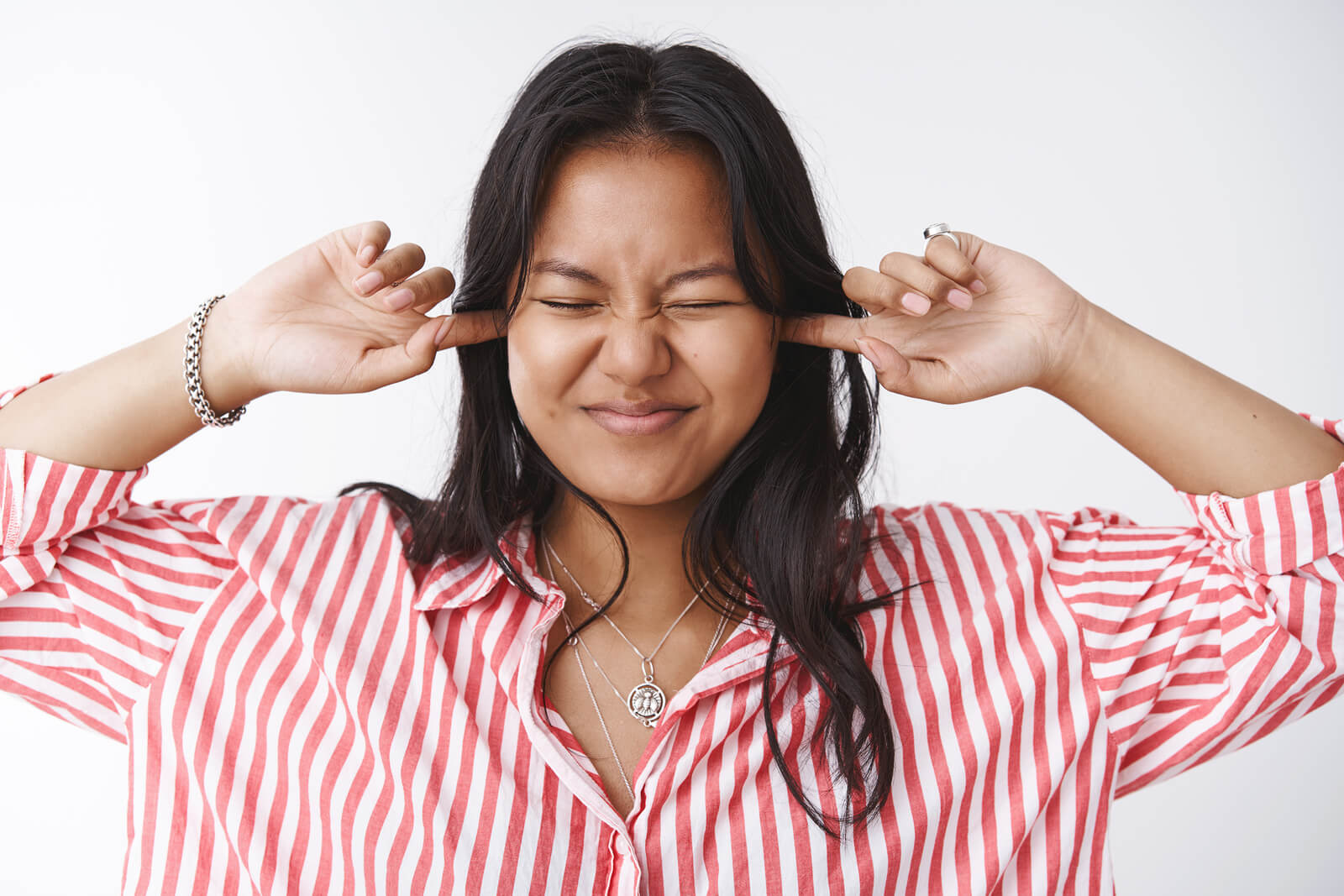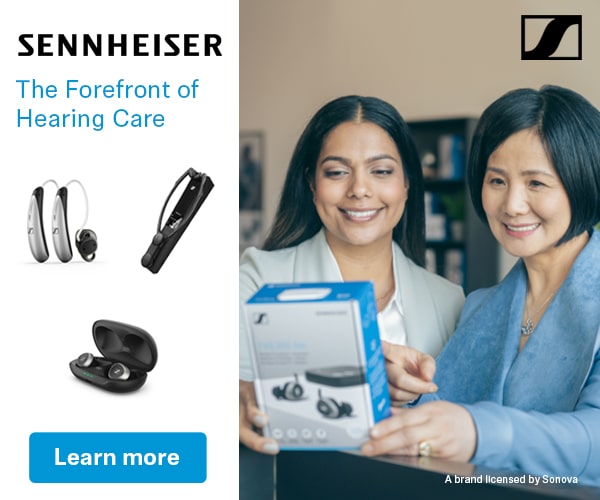“We can’t hear you! “Let’s make some noise!” the announcer shouts over the loudspeaker. “Louder! Louder! Louder!” the crowd erupts, yelling in time with the flashing sign on the score board. Everyone is enjoying cheering for the home team.
My family happily joins in the ruckus, but I am hunched over covering my ears with discomfort, until I whip out the noise-cancelling headphones I brought for this purpose. Relief. I enjoy attending outdoor sporting events — I just wish they were not so clamorous! Thank goodness I had come prepared this time.
People With Hearing Loss Are Often Sensitive to Noise
It strikes me as ironic that people with hearing loss are also frequently sensitive to loud sounds, but I know it is true for me. There is often a very fine line between when someone is talking loud enough that I can hear, but not so loud that it is painful. Perhaps it is nature’s way of saving us from further hearing damage.
In the extreme, sensitivity to sound is known as hyperacusis, and it can be quite debilitating. With this condition, everyday sounds at normal volume levels are perceived as painful. Thankfully, my noise intolerance seems limited to sounds that are actually intense, even if others do not perceive them as overly strident.
Exposure to loud sounds can also trigger tinnitus for many people with hearing loss. Tinnitus is a ringing or buzzing in the ears when no sound is present. In today’s increasingly noisy world, this is another reason to always carry ear protection with you. Simple earplugs are inexpensive and easily fit in a pocket or purse. Bring extras to share with others.
Protecting Your Hearing Should Be Routine
At the sporting event I describe above, the crowd was filled with families of all ages. My handy decibel reader app told me the noise was fluctuating between 80 and 95 decibels. Anything at 85 decibels or greater can cause hearing damage when experienced over an extended period of time. At 100 decibels, the National Institute on Deafness and Other Communication Disorders (NIDCD) recommends no more than 15 minutes of unprotected exposure.
Almost nobody was wearing hearing protection, save thankfully, for some of the infants. The toddlers and young children had their hands pressed up to their ears or were burying their faces into their parents’ chests. They seemed to instinctually know that it was too loud. The adults seemed unfazed. Perhaps the children’s inner ears are more sensitive or maybe they were simply not embarrassed to find the noise overwhelming.
Protecting your hearing from unhealthy sound levels is easy. There are three steps:
- Lower the volume
- Move away from the noise, and
- Wear hearing protection like earplugs or earmuffs
At a concert or sporting event, you may not have control over the volume or the ability to change your seat, making the third option of utmost importance.
In most cases, I prefer noise-cancelling headphones to traditional earplugs or earmuffs because they not only block the sound physically, but the noise-cancelling feature when enacted can also help reduce the buzz of the background cacophony. This can often help me to hear the remaining non-noise sounds more clearly. I bring my noise-cancelling headphones on planes, to the movies, to concerts, and of course, to sporting events.

Shari Eberts is a hearing health advocate, writer, and avid Bikram yogi. She is the founder of Living With Hearing Loss, a blog and online community for people living with hearing loss and tinnitus. She also serves on the Board of Trustees of Hearing Loss Association of America. Shari has an adult-onset genetic hearing loss and hopes that by sharing her story she will help others to live more peacefully with their own hearing issues. Connect with Shari: Blog, Facebook, LinkedIn, Twitter.







